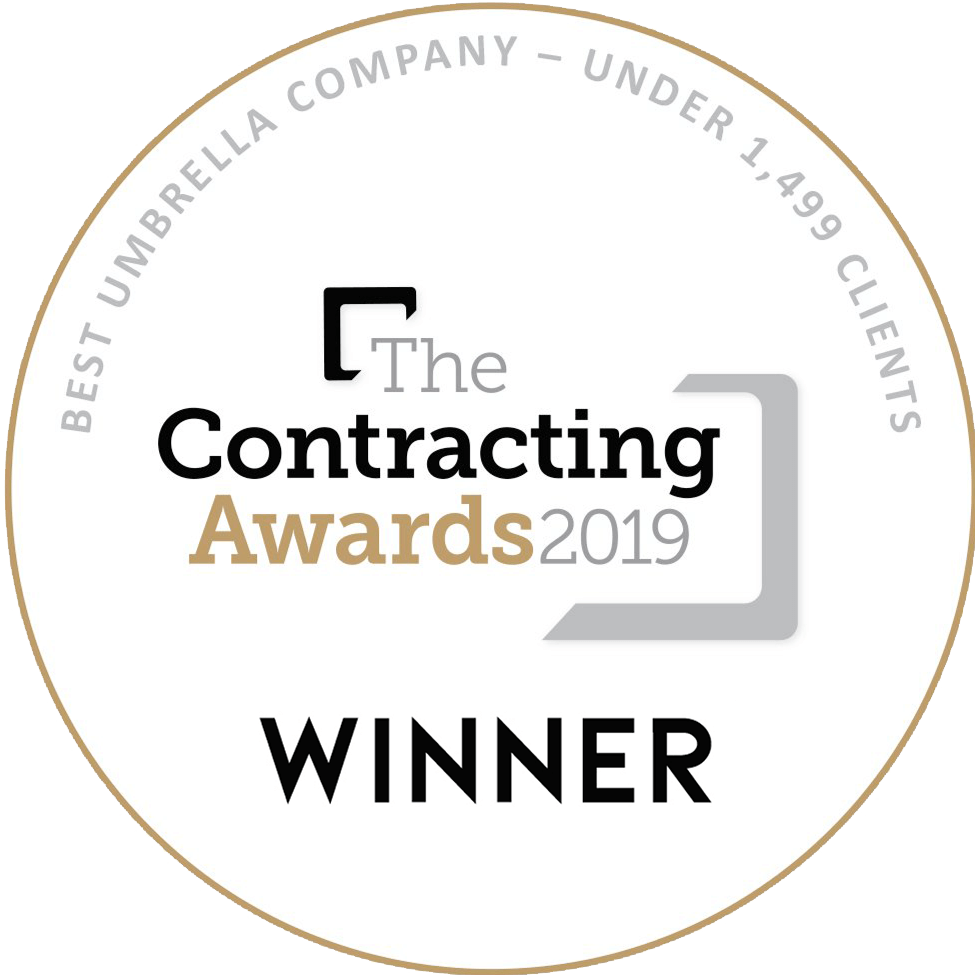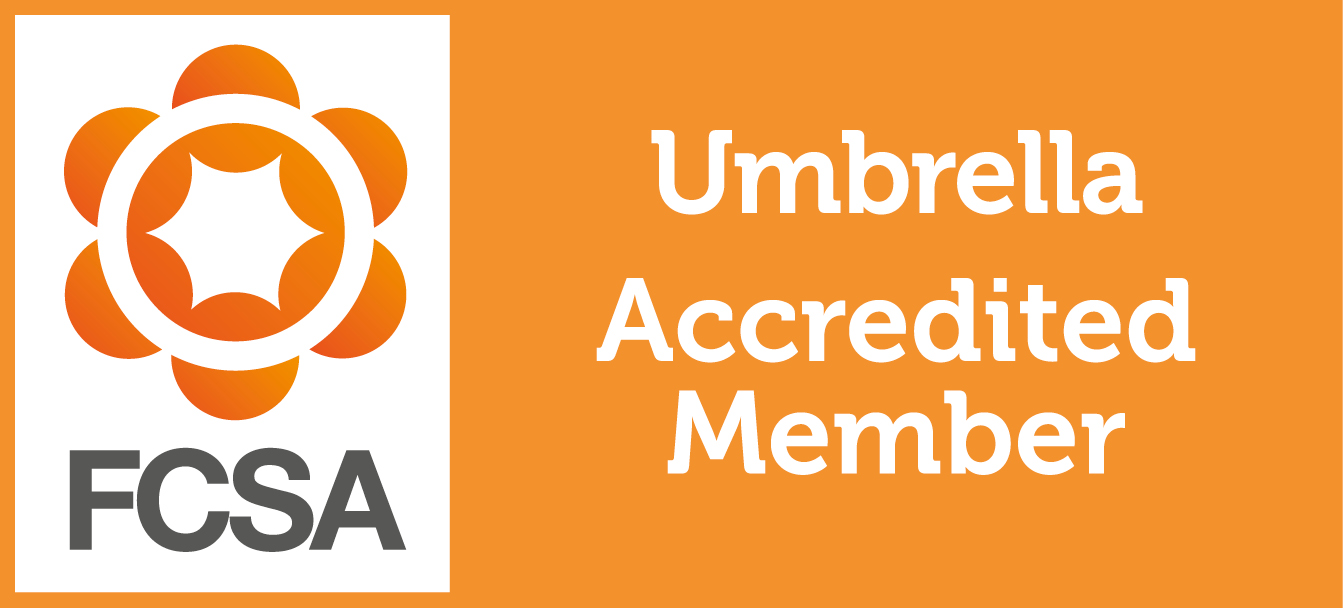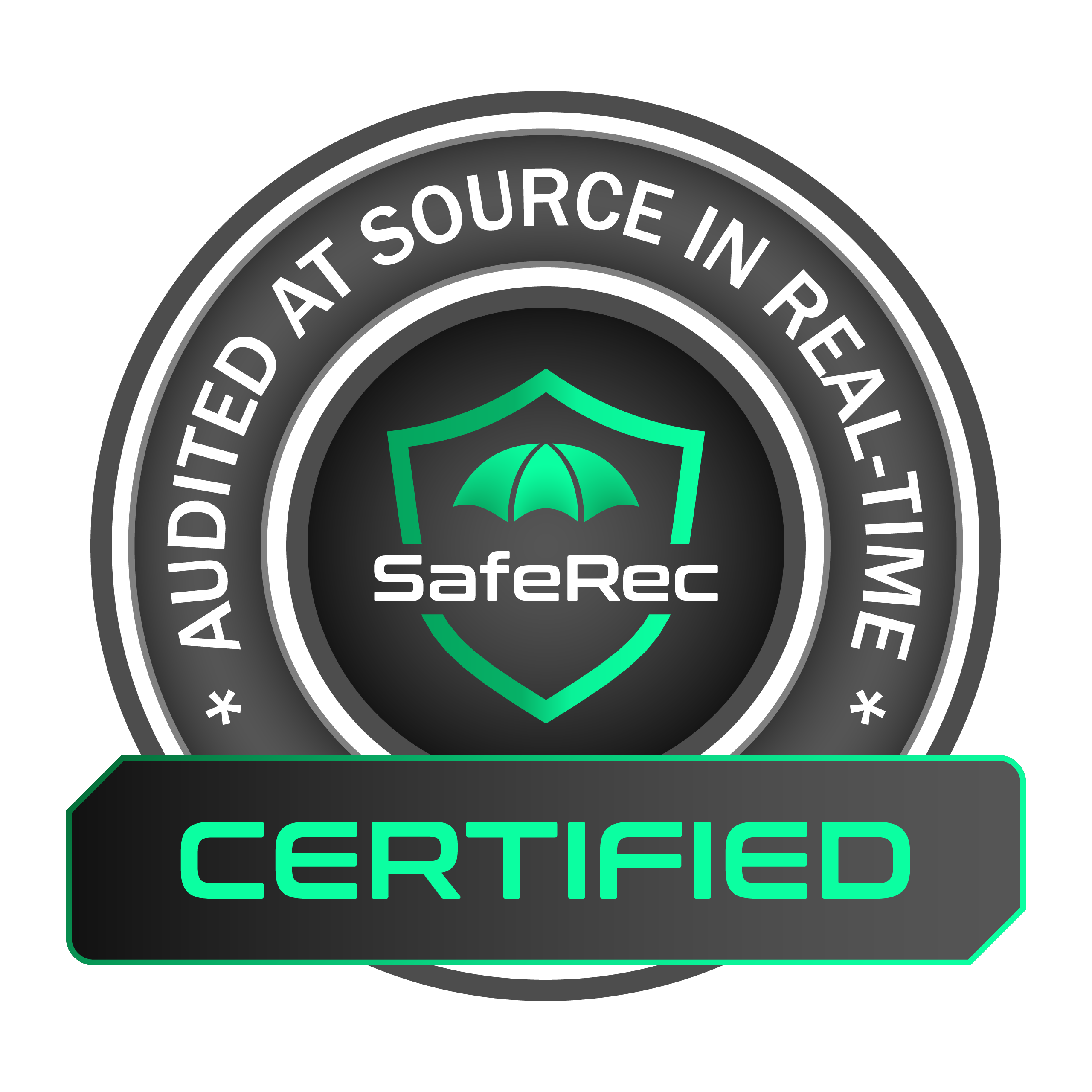A
Accounting period
This is the period of time financial statements refer to. Accounting periods must remain consistent in length, so that businesses and investors can use them to make comparisons and analyse financial performance.
Accounts payable (AP)
These are a business’ expenses that have not yet been paid to external creditors. Most commonly, they result from purchases, such as materials bought from suppliers, for instance. They appear as a current liability on the balance sheet since they’re debt.
Accounts receivable (AR)
The opposite of accounts payable, accounts receivable is revenue a company is expecting but has not yet received. On the balance sheet, they will be a current (short-term) asset, which will soon become cash.
Asset
This will include anything owned by a company that could be sold for money. A list of assets will start with the most liquid assets (such as cash) and end with the least liquid assets (land, for example).
B
BACS
A system for transferring money from one bank account to another, including Direct Debits and direct credits from organisations. Money sent using BACS (Bankers Automated Clearing Service) can take up to three days to go through.
Balance sheet (BS)
This is one of the most important financial statements businesses produce, providing a snapshot of a business’ financial health at any one point. It details assets, liabilities and equity, with assets being equal to liabilities plus equity.
Book value (BV)
Assets lose value through depreciation. The asset’s original value, minus accumulated depreciation, is shown by the book value. It is the true value of a business according to its financial statements, as opposed to its market value.
C
Capital (CAP)
A current asset or the value of a current asset, which could be turned into cash in the short term. It’s calculated by subtracting current liabilities from current assets.
Cash flow
This is, quite simply, the money coming into and going out of a business. Net cash flow is the total money a business makes in a given period of time. It’s calculated by starting with a beginning cash balance and subtracting an ending cash balance.
Cost of goods sold (COGS)
These are expenses incurred in the process of creating a product or service, such as materials. They don’t include the business’ running costs.
Credit
A credit represents an increase in liabilities or equity, or a decrease in an asset or expense account.
Contract
An agreement between an individual or business to provide services to another individual or business, in return for compensation.
D
Debit
The opposite of a credit, a debit is an increase in an expense or asset account, or, alternatively, a decrease in liabilities or equity.
Depreciation
This term describes how significant assets – such as vehicles and machinery – lose value over time. It’s listed as an expense on financial statements and is tax-deductible.
Dispensation
This is something that assists umbrella companies when it comes to expenses. Instead of filing an expenses report on something called a P11d form, they can do this. Without dispensation, the umbrella company would be required to see the receipts of every expense you claim.
Diversification
This risk management technique spreads investments across different asset types, insulating a business against the dangers of one asset type underperforming.
Dividends
The proportion of a company’s profits paid out to shareholders as a reward for their investment. They can come in the form of cash or additional shares and may be regular or one-off dividends.
E
Employee
An employee is someone who works under an employment contract. Employees have more rights than ‘workers’.
Equity
This is the value remaining after liabilities have been considered: assets minus liabilities. Equity belongs to a company’s owners and shareholders.
Expenses
Expenses are the costs involved in doing business, some of which are tax-deductible. Fixed expenses are regular expenses such as rent and salaries. Variable expenses are less predictable and might include labour costs and materials. Accrued expenses are costs incurred that haven’t been settled yet. Operating expenses are costs such as property taxes and insurance, which aren’t directly linked to the production of goods or services.
F
G
General ledger
A general ledger (or nominal ledger) is a complete record of financial transactions, which a company will use to compose all of its financial statements.
Generally accepted accounting principles (GAAP)
These are general rules of practice that all accountants follow, allowing for direct comparisons between financial reports.
Gross
Gross figures – such as pay or income – are amounts before any deductions are made.
Gross margin (GM)
This is a measure of a company’s profitability, calculated by deducting the cost of goods sold from net sales. Higher gross margins indicate greater profits from sales, whereas a lower margin would suggest production costs are unsustainably high.
Gross profit (GP)
Also termed gross income or sales profit, this is the profit before any fixed costs (or overheads) are taken into account. It’s found by deducting the cost of goods sold from revenue.
H
HMRC
Her Majesty’s Revenue & Customs collects taxes for the UK government, ensuring tax laws are adhered to.
I
Income statement
Otherwise known as a profit and loss statement, the income statement details a business’ expenses and revenues for a certain period of time. It provides a figure for net income by showing expenses deducted from revenue. Income statements are a key indicator of a business’ financial health.
Insolvency
A business (or person) becomes insolvent when they can no longer pay their debts.
Interest
The cost of a loan or a line of credit, which means the lender will receive more money back than they loaned out. It is usually expressed annually, as a percentage of the principal amount.
Inventory
These are a company’s products, as yet unsold to customers, as well as any raw materials used for making goods and unfinished products (works in progress). Companies should aim to keep inventory levels just high enough to meet demand: holding excess inventory results in storage costs and, possibly, deterioration of products.
Invoice
This is key for you to get paid! Typically known as a payment request, it will detail the work completed, the time it’s taken and the rate where appropriate.
IR35
This tax law aims to ensure that employees cannot avoid paying tax by registering as self-employed.
J
Journal entry
This is how businesses record transactions, with a unique entry number, a date, an amount, whether it’s a credit or a debit and an account code to show which accounts are affected.
K
L
Liquidity
How quickly something can be turned into cash. Assets such as stocks have a high level of liquidity, while property can take much longer to sell, so it has a low level of liquidity.
Liability
These are a company’s debts, which may include loans and accounts payable. Current liabilities (CL) are those debts that are payable within a year, such as a debt to suppliers. Long-term liabilities (LTL) are typically payable over a period of time greater than one year.
Limited liability company (LLC)
With this kind of company structure, owners are not held liable for the organisation’s debts. Their liability is limited, protecting them from potentially losing their own personal assets.
M
MSC
Hopefully, you won’t come across this, but it’s important to be aware of, nonetheless. An MSC is a ‘managed service company’, something that was made illegal back in 2007. They’re a third party that makes dividend payments to contractors.
N
Net income (NI)
This is, quite simply, profit. You reach a net income figure by subtracting expenses from revenue.
O
P
The Ps
From P45 and P60 to P46, there are many Ps, making it easy to get confused.
- A P45 is an official record of your tax payments and taxable income within the current tax year. This is typically given to you when you leave a place of employment.
- A P60 is a record of your total earnings and tax paid within a year. This is issued at the end of every financial year.
- A P46 is what comes into play when a P45 is not available. Employers can use this to help them determine which tax code you should be on when processing your payments.
Payments on account
Advanced tax payments for the following tax year. These are applicable when your tax liability for the year is above £1,000 and the tax paid at source is lower than 80%.
Q
R
Return on investment (ROI)
A measurement of financial performance, ROI is net profit divided by the cost of investment, usually expressed as a percentage.
Revenue
Revenue is money generated by a business, before any expenses are taken into account.
S
Same-day payment
This ensures that funds will clear in your bank account the same day that they are transferred.
Self-assessment
This is what you’re required to do should you have earned outside of a PAYE set-up. You’re required to declare your earnings and fill this out for the previous tax year and submit it to HMRC.
Sole trader
An enterprise or business run by an individual, with the individual personally liable for all losses, and benefitting from all profits. There is no legal distinction between the business and the owner.
Self-billing
If you come across a client that says they’re self-billing, they pay directly from timesheets rather than from an umbrella company’s invoice.
T
Timesheet
Simply put, this is a sheet where you record the number of hours/days that you’ve worked for a particular project. The use of these is more widespread than just in umbrella companies. However, umbrella companies will use your timesheet to generate invoices to send out.
U
Umbrella company
An employment services company that enables contractors to receive payments, without the need to set up and run their own limited company.






